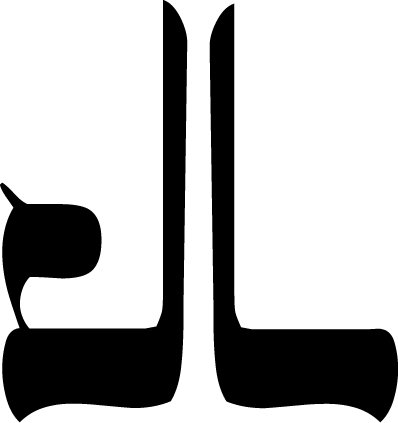Concerto for Two Percussionists and Orchestra
Duration ca. 23' (2011)
2d1pic.2.2.2d1cbn/4.2.2(+1btrbn).0/timp.2perc/ str
View Score
LISTEN
Commissioned by the Meehan-Perkins Percussion Duo. Co-commissioned by the River Oaks Chamber Orchestra, Baylor University Symphony and Round Top Festival Institute. Associate Commissioner Duluth-Superior Symphony Orchestra.
Premiered by the Texas Festival Orchestra conducted by Michael Stern, June 30, 2012.
Other Performances: Duluth-Superior Symphony Orchestra, conducted by Dirk Meyer, soloists Todd Meehan and Doug Perkins, January 19, 2013; River Oaks Chamber Orchestra, soloist Todd Meehan, April 19-21, 2013; Kalamazoo Symphony Orchestra conducted by Bramwell Tovey, soloist Georgiy Borisov, March 9, 2019; Joven Orquesta Sinfónica Ciudad de Salamanca conducted by Álvaro Lozano, soloists Alejandro Martín Agustín and Santiago Villar Martín, Salamanca, Spain, June 10, 2018.
program note
Jonathan Leshnoff’s composition, Concerto for Two Percussionists and Orchestra, was written in 2011 for the Meehan-Perkins Duo, who co-commissioned the work along with the International Festival-Institute at Round Top, Baylor University, the River Oaks Chamber Orchestra and the Duluth-Superior Symphony Orchestra. The composition was premiered at the Round Top Festival Orchestra in June 2012 and has undergone revisions that ultimately led to the success that it is today.
Unlike many of the concerti published by Leshnoff, this piece is in three movements that dynamically shift in tempo and timbre as new thematic material is introduced for each. The first movement is a fast-paced allegro that commences with a conversation between the percussion soloists and the orchestra. Rhythmic staccato motives quickly trade back and forth between the solo percussionists as the orchestra interjects with exuberant commentary. The movement focuses on unpitched percussive sounds such as toms, cymbals, woodblocks, and bongos that energetically open the piece with a forward rushing tempo, leaving the audience on the edge of their seats as the movement comes to an inconclusive and sudden ending. The second movement provides contrast with metallic pitched sounds of the vibraphone and crotales in a very contemplative and introverted manner. Long ethereal melodies crescendo to a climatic passage accompanied by the orchestral timpani, yet the movement ends in an eerily hushed tone. Following the second movement is a cadenza for two soloists that grows in intensity through a continual build on pitched rhythmic figures and shifts to a brighter tone. The third movement arrives in exuberant energy; its coda resolves in a beautifully positive light carried by the sounds of two marimbas.
